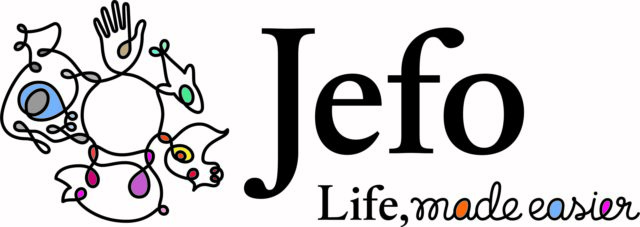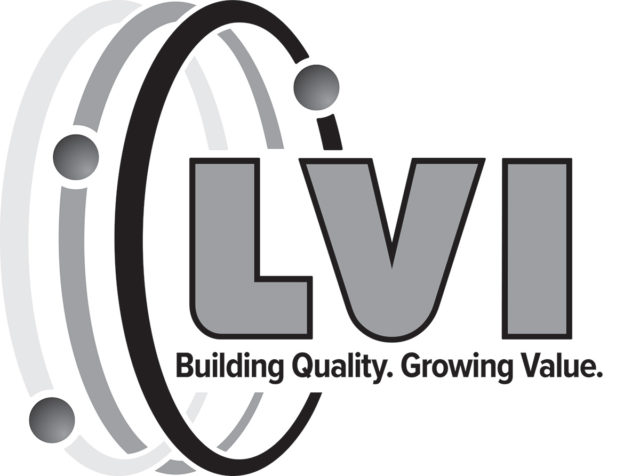Items in this column are compiled from Progressive Dairy staff news sources. Send news items to Dave Natzke
PANDEMIC MARKET VOLATILITY ASSISTANCE PROGRAM (PMVAP)
What happened?
The USDA and milk handlers and cooperatives were progressing – quietly – on implementation of the Pandemic Market Volatility Assistance Program (PMVAP). At Progressive Dairy’s deadline, many handlers and co-ops had already submitted information to complete PMVAP agreements with the USDA by the end of October.
As part of that agreement process, participating handlers and cooperatives determined whether each individual milk supplier and/or member wanted to participate. Some, in low Class I milk utilization FMMOs with minimal benefits for producers, were choosing not to participate.
Handlers and cooperatives also had to collect USDA adjusted gross income (AGI) certification from producers who choose to participate. Leaders of state and regional dairy producer organizations contacted by Progressive Dairy indicated their members had been receiving the AGI certification requests. However, some were not aware of the importance a response was to payment eligibility. If a producer failed to respond to the AGI certification request, they are eliminated from receiving PMVAP payments.
What’s ahead?
After agreements are verified and signed, the USDA will distribute money to handlers and cooperatives in November, and all payments must be distributed to dairy farmers in December. In early 2022, the USDA will verify records of each handler and cooperative to ensure producer payments were made correctly.
Bottom line
Announced in August, the purpose of the $350 million PMVAP is to provide financial assistance to dairy farmers who received a lower value for their milk from July through December 2020 due to market abnormalities caused by the pandemic and ensuing federal policies.
While the PMVAP program utilizes data regarding milk marketed through the FMMO system, it is not part of the FMMO program. It is being administered by the USDA’s Agricultural Marketing Service, not regional FMMO administrators or county USDA Farm Service Agency offices.
Individual payments to producers are not part of an FMMO pool. Rather, they will be separate and distinct payments from the USDA through their milk handler or cooperative. A lot of factors go into calculating payments to individual producers, and payments are considered proprietary. Contact your milk handler or dairy co-op for information.
SEPTEMBER PPDs, PRICES AND POOLING
What happened?
September 2021 milk marketings through Federal Milk Marketing Orders (FMMOs) extended summer-long trends resembling 2019 and pre-pandemic 2020. With a few exceptions, Class III milk pooling was more consistent, and producer price differentials (PPDs) were smaller but mostly positive. Unfortunately for producers, milk prices couldn’t shake their summer blues.
What’s next?
Looking into the fourth quarter of 2021 and beyond, factors affecting FMMO PPDs, pooling and Class I milk prices seem to have steadied. Markets fluctuate almost daily, but at the close of trading on the Chicago Mercantile Exchange (CME), Oct. 18, both Class III and class futures prices showed improvement. Average spreads between Class III and Class IV milk futures prices increased for October and November, adding small incentives for Class III depooling.
After that, however, it’s another story. As of Oct. 18, Class IV milk futures prices settled higher than Class III milk futures prices through the first six months of 2022. For the full year, the Class IV futures price averaged $18.11 per hundredweight (cwt); the Class III futures price averaged $18.10 per cwt.
That Class III-IV price relationship, and therefore a narrow gap between the FMMO Class III-IV skim milk price factors used to calculate Class I prices, means producers will see a net benefit from using the “average of plus 74 cents” Class I mover pricing formula compared to the previous “higher of” formula for the foreseeable future.
Bottom line
The negative PPDs previously dominating the headlines are becoming a non-story, for now. September baseline PPDs in all applicable FMMOs were again positive, although down from July and August. Negative PPDs probably showed up on some producers’ milk checks, depending on milk handler deductions and zone differentials.
September 2021 uniform or “blend” prices at standardized test improved slightly from August. Factoring into the standardized uniform price calculations, Class I prices were down slightly in September, offset by small increases in Class II, III and IV milk prices. Dairy producers in several FMMOs likely saw small price increases due to higher average butterfat and protein tests and higher values for both protein and butterfat used in monthly milk price calculations.
By volume, total Class III milk pooled across all FMMOs in September 2021 was about 4.4 billion pounds, down from August but still the second most since May 2020. On a percentage basis, Class III utilization was about 36% of all FMMO milk marketings in September 2021, down from 38.5% in August but well above the 14.8% average during June 2020 – May 2021.
The main outlier in September Class III pooling was in the California FMMO No. 51. After August’s surge to a two-year high in terms of both volume and percentage utilization, September numbers were down sharply. Elsewhere, Class III pooling in the Upper Midwest FMMO No. 30 was the highest in 16 months.
DAIRY PRODUCT SALES
What happened?
The dairy product marketing path hit another curve in the road in September, as increased concern over the COVID-19 Delta variant likely detoured more food dollars through retail grocery stores, according to a monthly update from the International Dairy Deli Bakery Association (IDDBA). Dairy didn’t enjoy the full retail ride, leaving open the side street that consumers are still ordering restaurant takeout and delivery, especially pizza. The USDA has not yet released September 2021 dairy “commercial disappearance” data to give us a full picture.
What’s next?
If concern over the pandemic continues into the holiday season, more consumers may be holding smaller family gatherings at home, pushing sales toward retail. At the same time, supply chain disruptions and food price inflation are keeping grocery retailing in flux.
Bottom line
September retail dairy spending on dairy products in 2021 was up 0.2% from 2020 and 12.2% from 2019. Most of those gains, however, were related to increased prices. September 2021 unit and total volume sales were steady to lower for almost all dairy product categories, with only yogurt and dairy desserts posting gains. The two largest dairy sellers, milk and natural cheese, were down in value, unit and total volume versus September 2020. One area of the grocery store where cheese sales exhibited the most retail value growth was in the deli, where grab-and-go and pre-sliced offerings posted strong sales.
DAIRY MARGIN COVERAGE (DMC) PROGRAM
What (didn’t) happen?
At Progressive Dairy’s deadline, there were still no details related to multiple aspects of the Dairy Margin Coverage (DMC) program that had been announced two months earlier:
- We don’t know when changes to dairy-quality hay prices used in DMC feed cost calculations will be implemented, nor when any adjusted indemnity payments, retroactive to January 2020, will be distributed.
- The USDA has not provided details regarding the $580 million supplemental DMC program for small and medium dairy herds.
- There’s been no announcement regarding an enrollment period for the 2022 DMC program.
What’s next?
In progress: Dairy farmers should wait until more details are available to contact their local USDA Service Center for more information.
Bottom line
All things (probably) come to those who wait. ![]()
-
Dave Natzke
- Editor
- Progressive Dairy
- Email Dave Natzke





